Nanotechnology
Introduction
Nanotechnology is a branch of technology that deals with dimensions and tolerances of less than 100 nanometers, especially the manipulation of individual atoms and molecules. The concept of nanotechnology was first introduced by physicist Richard P. Feynman during his famous lecture "There's Plenty of Room at the Bottom" in 1959.
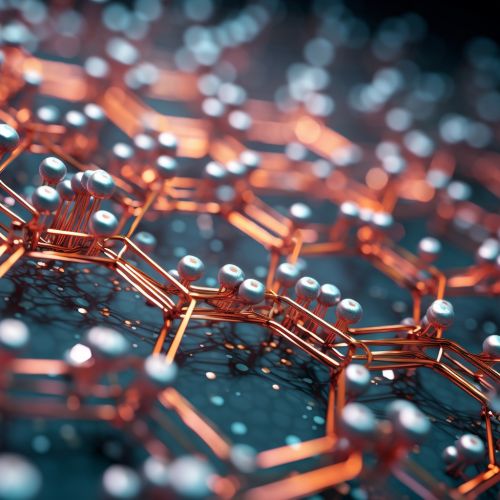
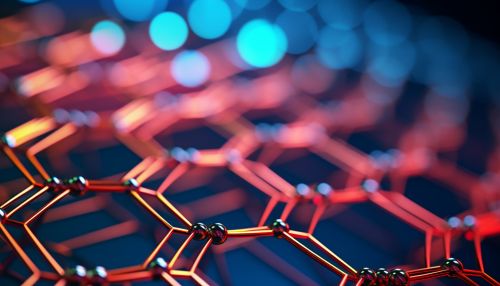
History
The term 'nanotechnology' was first used by Norio Taniguchi in 1974, though it was not widely known until the 1980s when modern advancements in scanning tunneling microscopy made it possible to see individual atoms.
Fundamental Concepts
Nanotechnology is based on the concept that by being able to manipulate matter on the molecular level, new materials and devices can be created. This manipulation involves two approaches: top-down and bottom-up.
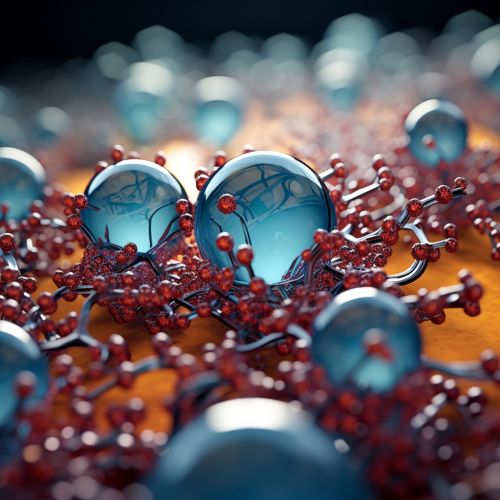
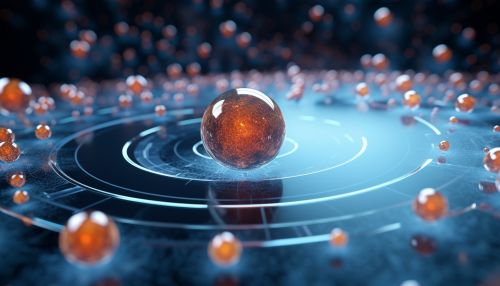
Top-Down Approach
The top-down approach is essentially the breaking down of larger materials into smaller ones using various methods such as etching and milling. This approach is commonly used in the fabrication of microelectromechanical systems (MEMS) and nanoelectromechanical systems (NEMS).
Bottom-Up Approach
The bottom-up approach, on the other hand, involves the assembly of smaller components into more complex assemblies. This approach is commonly used in chemical vapor deposition (CVD) and atomic layer deposition (ALD).
Applications
Nanotechnology has a wide range of potential applications, including in medicine, electronics, biomaterials, and energy production.
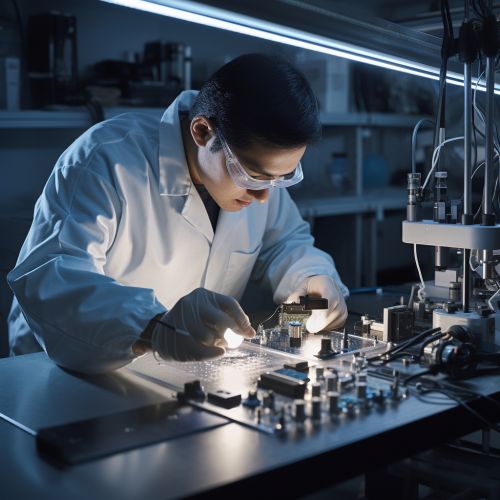

Medicine
In medicine, nanotechnology has been applied in areas such as drug delivery, gene therapy, and molecular diagnostics. For instance, nanoparticles can be designed to target specific cells or tissues in the body, which can make drug delivery more efficient and reduce side effects.
Electronics
In electronics, nanotechnology can be used to create smaller, faster, and more powerful microchips and processors. For example, quantum computing relies on properties at the nanoscale.
Biomaterials
Nanotechnology can also be used to create new types of biomaterials with superior properties. For instance, nanocomposites can be stronger, lighter, and more durable than their macro-scale counterparts.
Energy Production
In the field of energy production, nanotechnology can help to create more efficient solar cells, fuel cells, and batteries.
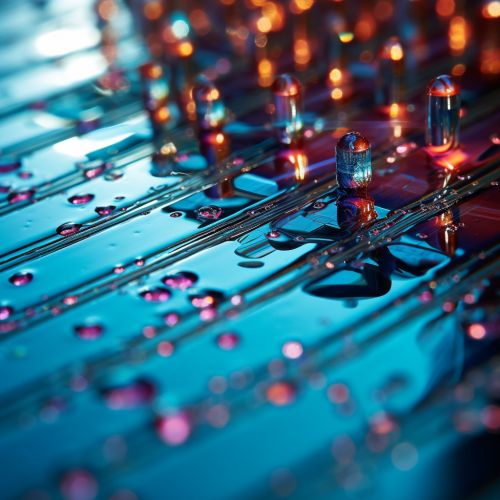
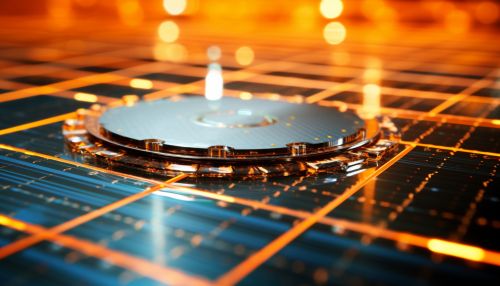
Potential Risks and Ethical Considerations
While nanotechnology holds great promise, it also presents potential risks and ethical considerations. These include concerns about toxicity and environmental impact, as well as issues of privacy and security.
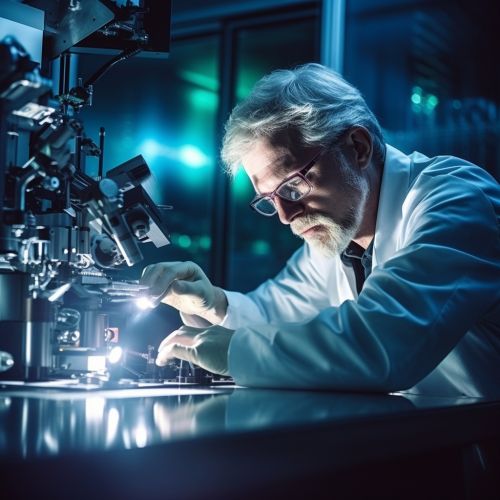

Future Directions
The future of nanotechnology is likely to involve further advancements in nanomaterials and nanodevices, as well as increased integration of nanotechnology into various fields of science and technology.


